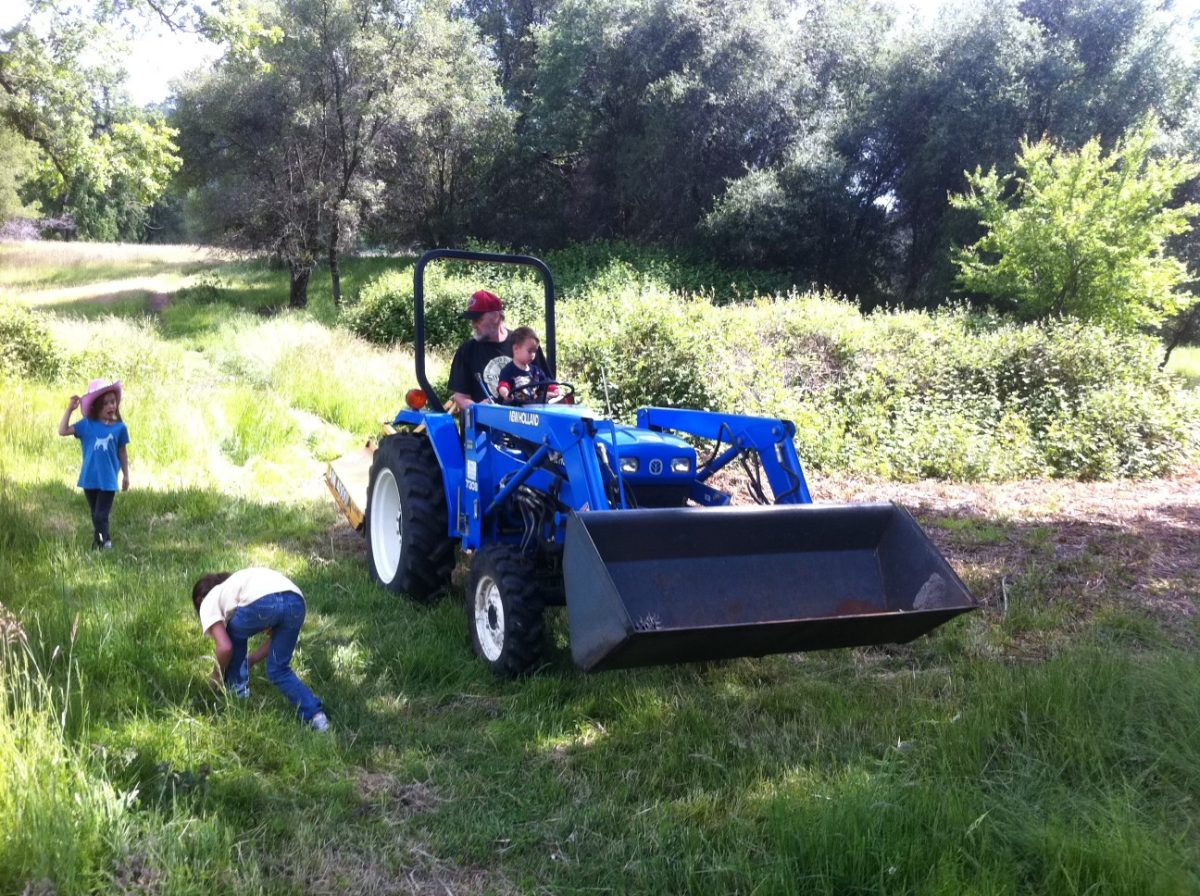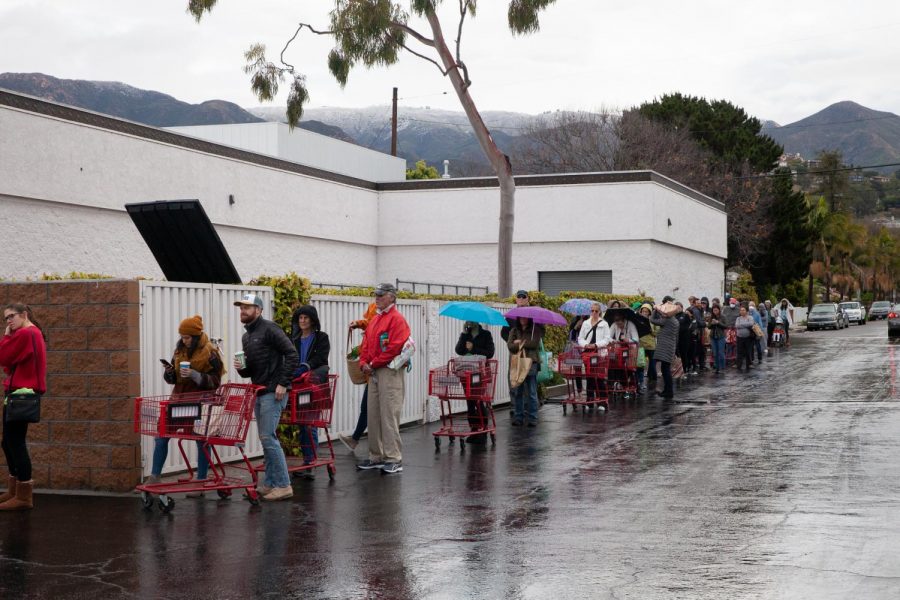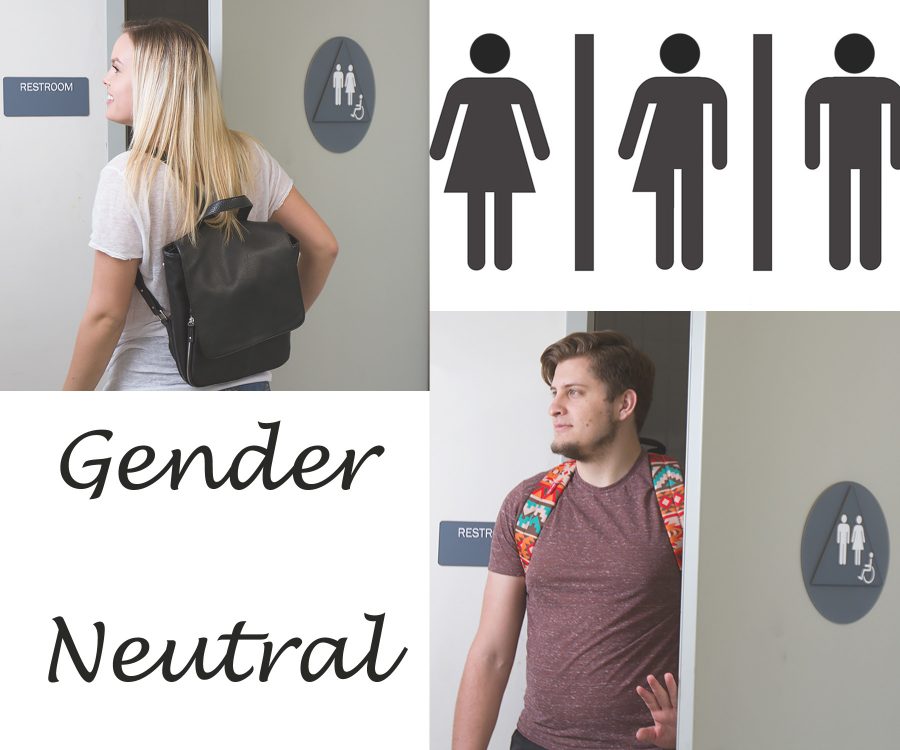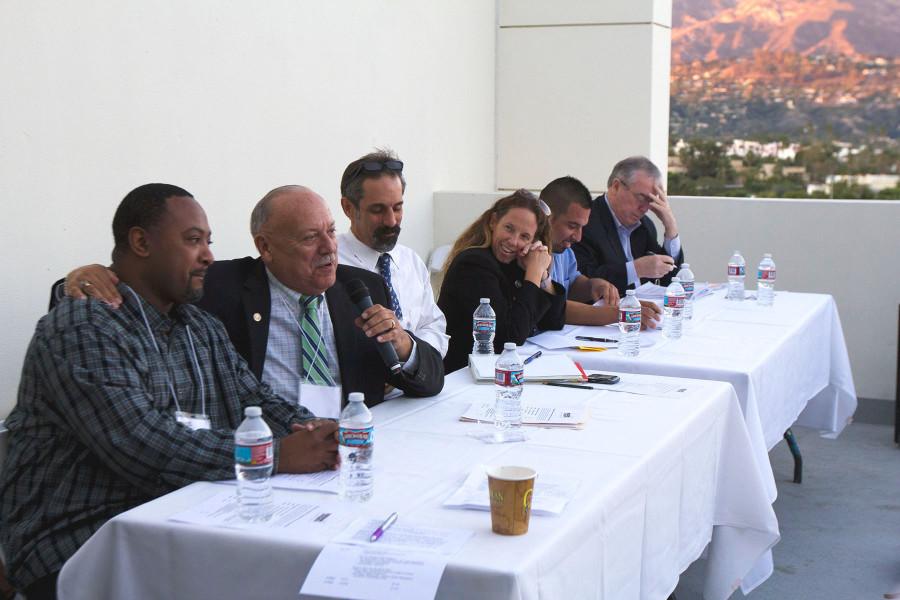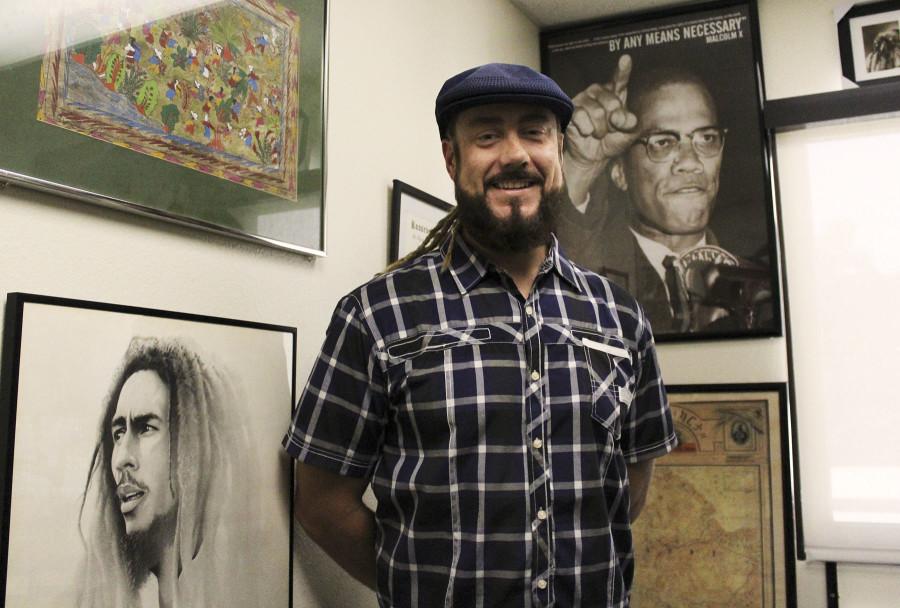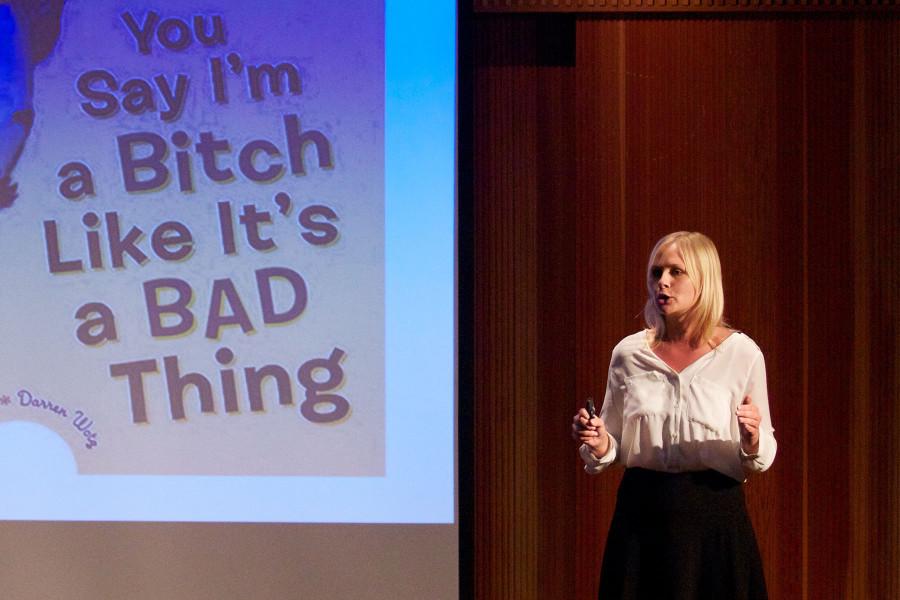As I was walking across West Campus I passed two City College employees relaxing in their caddies, “I would like to get on top of that,” the first guy said. “I’ll have her make me food after,” the other one responded laughing.
I turned around to give them an angry look. Both of them were just staring blankly, without any sign of humiliation.
They obviously wanted to be heard.
According to the campaigning group, Women in Journalism, 74 percent of news journalists on national stations are men and they also dominate the political and business journalism sectors.
Not only in journalism, but in general, there is a huge pay gap in the work department between men and women.
Last year, The American Association of University Women stated that among full-time workers women were paid 78 percent of what men were paid.
As I talked about it with a friend, I realized that this is not an uncommon thing.
Of course there’s men out there who don’t show this type of behavior, not everybody is the same of course.
Findings of The Equal Rights Amendment Campaign Network state that 95 percent of men in the U.S agree with equal rights for both men and women.
I see myself as someone who stands for equality and I’m not here to say what is completely wrong or right, but aren’t we all a little bit tired of the stereotypical male behavior?
How can one be sitting in a golf cart and feel good enough about themselves to watch women and make comments while doing absolutely nothing productive—it seems a bit counter-intuitive.
According to Association of Women for Action and Research, sexual harassment is common in the workplace, 79 percent of the victims are women and 21 percent were men.
The brief encounter with the two men had got me thinking about something from a while back.
It was about a year three years ago, I was just 16 years old and attending a high school in Amsterdam, the Netherlands.
Everyday when I was walking to school I passed an open meadow.
One day, construction had started for new apartment buildings on the open meadow. Of course it was a shame of the beautiful meadow, but there was something more disturbing.
It was the first time the workers yelled at me, making comments about my ass.
All the construction workers had something to say, every single day.
And everyday I would walk pass them, smile and pretend like I didn’t hear them.
It frustrated me deeply, but I was only 16, feeling too inferior and too embarrassed to say anything to defend myself.
For weeks they had been saying things and I had been ignoring them, but then it became too much.
I recall him saying something similar to, “I can take you with me and show you how it’s done.”
I stopped, turned around and yelled at him that he better come and get it right now.
He turned bright red, started stumbling and said something about being married.
I responded with, “she must be so proud.”
They never made a comment again.
I have to admit I was pretty pleased with myself, but unfortunately, things like that happen everywhere, even though we live in 2015 with a striving female population.
According to a 2014 survey of Stop Street Harassment, 65 percent of all women had experienced street harassment and 23 percent had been touched inappropriately.
I often try to think that some things really have changed for women, and while some has, it seems that by this day and age we should have reached complete gender equality already?
Or maybe that’s too much to ask for.
But when you look at the bigger picture, men still have a very dominant role in society.
They often make more money than women, have higher positions in jobs and get more credit for the work they do.
In the U.S., female workers are still paid only 77 cent for every dollar their male colleagues make, and in some states it’s even lower.
This still is a man’s world.


